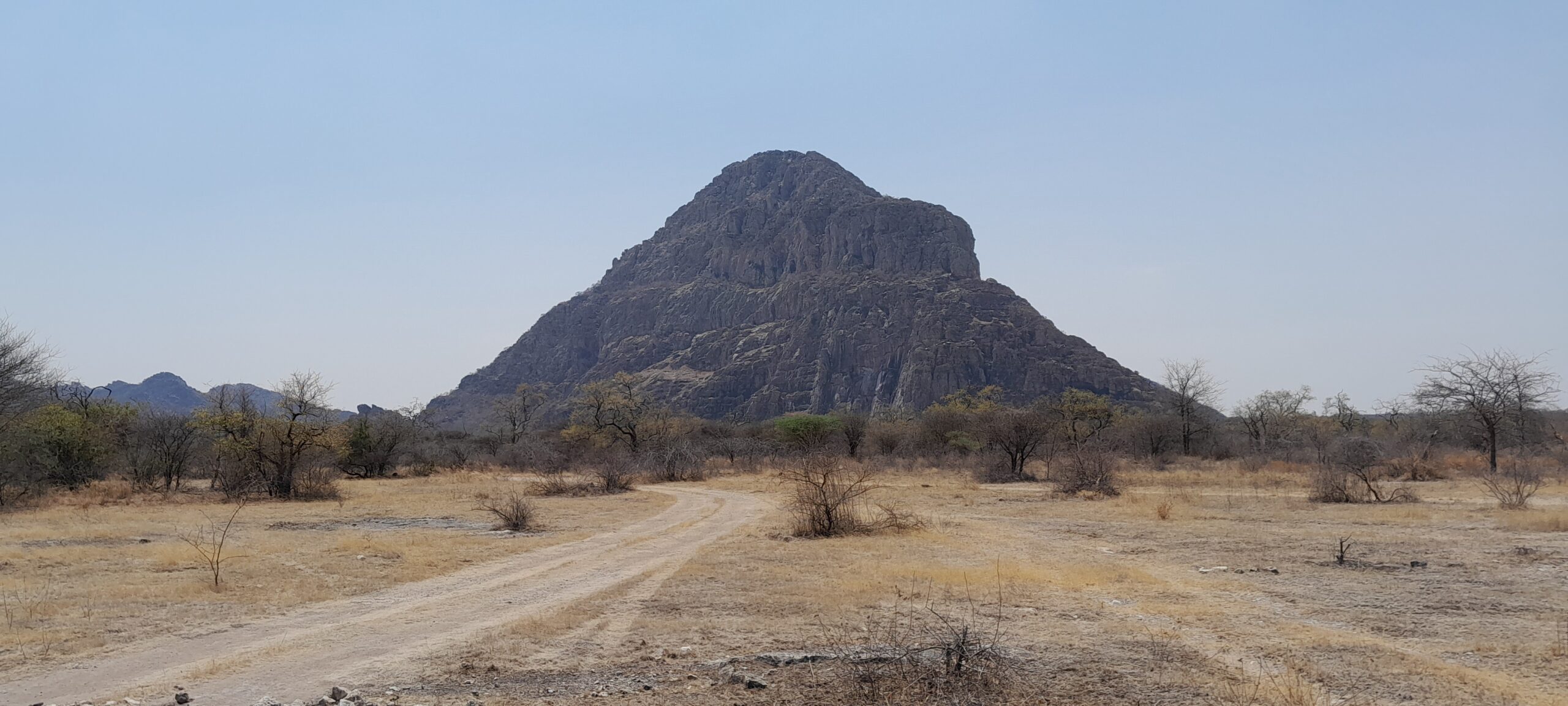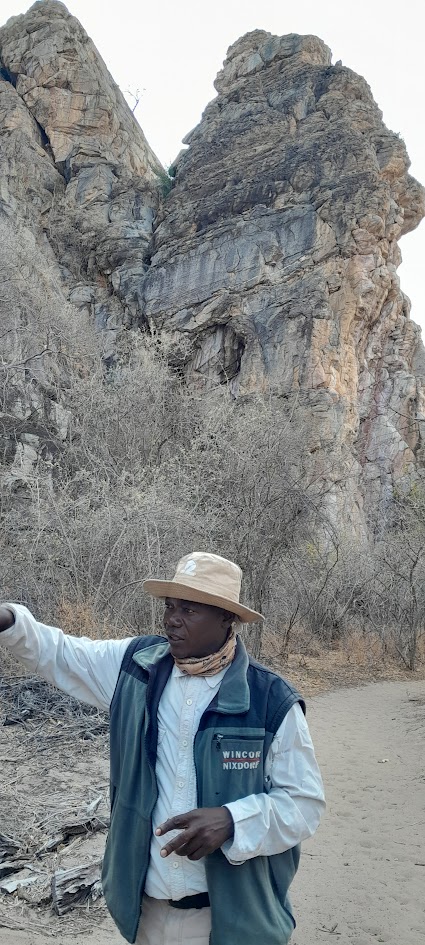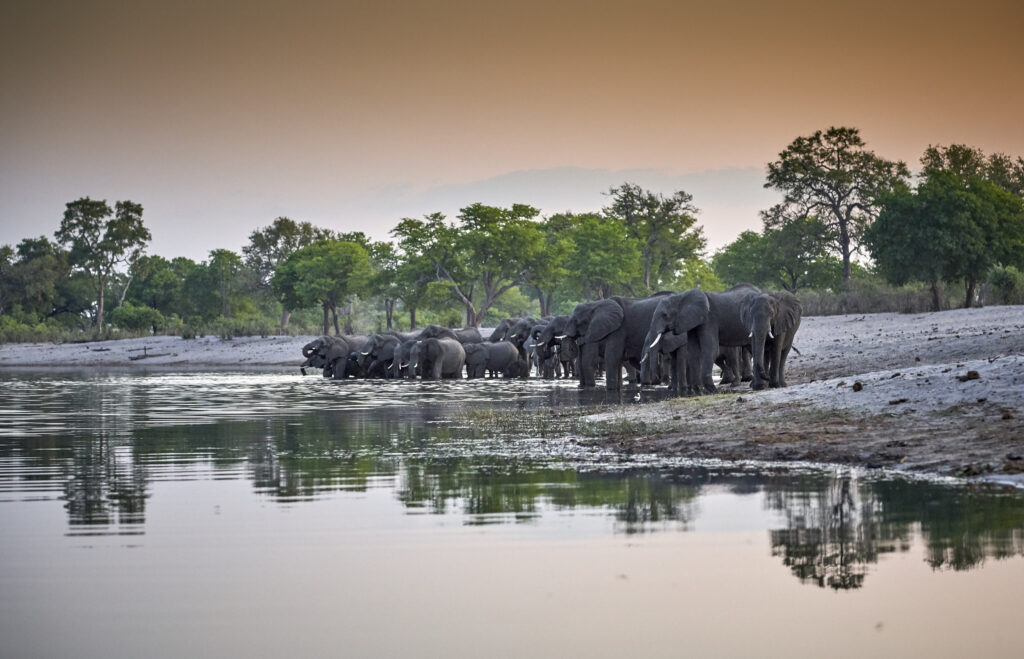The Tsodilo Hills in Botswana, one of three World Heritage Sites in the Kavango Zambezi (KAZA) Transfrontier Conservation area, stand as a silent witness to the intertwining histories of the Hambukushu and San people, both of whom have called this region home for centuries. These hills, a UNESCO World Heritage Site, are not just a geological marvel but also a cultural tapestry reflecting the diverse narratives of these indigenous communities.
The Hambukushu people, predominantly found in the Okavango Panhandle, have a deep connection to the Tsodilo Hills. Their cultural practices and traditions are intricately linked to the landscape, and they view the hills as a sacred site. The Hambukushu have their own stories and legends about the hills, often passed down through generations. Their presence in the area is marked by a profound respect for the natural environment, and their spiritual beliefs are embedded in the very rocks of Tsodilo.
In addition to the Hambukushu, the San people, also known as the Basarwa or Bushmen, have a long and rich history in the Tsodilo Hills. The San are among the oldest inhabitants of Southern Africa, and their connection to the land is palpable in the rock art that adorns the hills. These ancient paintings depict scenes of daily life, hunting, and spiritual ceremonies, offering a glimpse into the cultural practices and beliefs of the San people.
The Tsodilo Hills serve as a cultural and spiritual focal point for both the Hambukushu and San communities. The hills are not merely geological formations; they are repositories of history, tradition, and spirituality. The convergence of these two distinct indigenous groups in the Tsodilo Hills highlights the importance of cultural diversity and the need to preserve and celebrate the heritage of these resilient communities.
Efforts are underway to protect both the natural and cultural aspects of the Tsodilo Hills. The collaboration between the Hambukushu and San people, along with conservation initiatives, ensures that future generations can continue to marvel at the beauty of the hills and learn from the rich tapestry of stories woven into the very fabric of Tsodilo.











